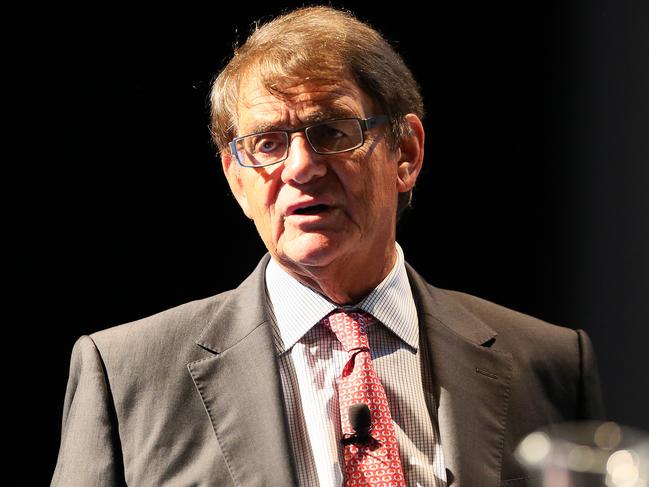Federal Budget 2021: Tax cuts held as Australians win $1080 boost
The federal government has resisted the temptation to bring forward its third stage of tax cuts, but some workers will benefit from a $1080 boost.

Business
Don't miss out on the headlines from Business. Followed categories will be added to My News.
Low and middle income earners can expect a boost of up to $1080 at tax time.
Treasurer Josh Frydenberg resisted the temptation to bring forward the third stage of sweeping tax reforms which would cover the vast majority of workers.
Instead he announced in his Budget speech that the low and middle income tax offset (LMITO), first introduced in 2018-19 and extended last year to bolster spending amid the pandemic, will be extended once again.
The $7.8 billion measure, which was due to expire at the end of the financial year, affects about 10.2 million workers and delivers a tax refund of $1080 for workers earning $48,000-$90,000, before phasing out up to $126,000.
Taxpayers earning $37,000 or less benefit by up to $255 in reduced tax.

The offset was introduced as part of long-term changes to Australia’s income tax system, which by July 1, 2024 will create a flat tax rate of 30 per cent for all workers earning $45,000-$200,000, and 45 per cent beyond that threshold.
“Treasury estimates that extending the LMITO will boost GDP by around $4.5 billion in 2022-23 and will create an additional 20,000 jobs by the end of 2022-23,’’ the Budget papers say.
“When stage three is implemented in 2024-25, around 95 per cent of taxpayers will face a marginal tax rate of 30 per cent or less.’’
While the Treasurer has previously argued bringing forward the stage three tax cuts would be a positive measure, this has not happened in this year’s Budget.
The second stage of the tax cut plan was brought forward in last year’s October Budget by two years, as a response to the pandemic.
These changes lifted the upper threshold for the 19 per cent tax rate from $37,000 to $45,000 and the 32.5 per cent threshold from $90,000 to $120,000.
Danielle Wood from the Grattan Institute said extending the LMITO was good policy as it allowed the government to target lower income workers who tended to spend, rather than save extra income.
“I think the approach they’re … going with is probably the right one,’’ Ms Wood said.
“You do get a higher bang for buck, your higher fiscal multipliers, with government consumption and investment spending compared to tax cuts, but certainly tax cuts that are targeted at low and middle income earners tend to deliver higher multipliers because you get less saving of those cuts.
“When the objective is around stimulating demand in the economy which I think it rightly is, then I think the approach they’re taking which is to roll the offset over for another year makes sense.’’

Westpac chief economist Bill Evans said in a pre-Budget update that the government should have been more ambitious around tax reform.
“What I would like to have seen, was to bring forward the stage three tax cuts,’’ he said.
“That would have provide a jet-propelled boost to the Australian economy, would be absolutely in line with the government’s ideas of boosting growth, lowering the unemployment rate.
“Under those stage three tax cuts, the marginal tax rate is reduced for people earning between $45,000 and $200,000 to 30 per cent, down from 32.5 per cent and 37 per cent.
“I think that would have provided the incentive to really increase labour force participation and appeal to Australians who basically are aspirational’’.
Mr Evans said the third stage cuts would have cost about $17 billion, however this would be offset by the $7.8 billion saved should the LMITO be phased out at the same time.
Originally published as Federal Budget 2021: Tax cuts held as Australians win $1080 boost



